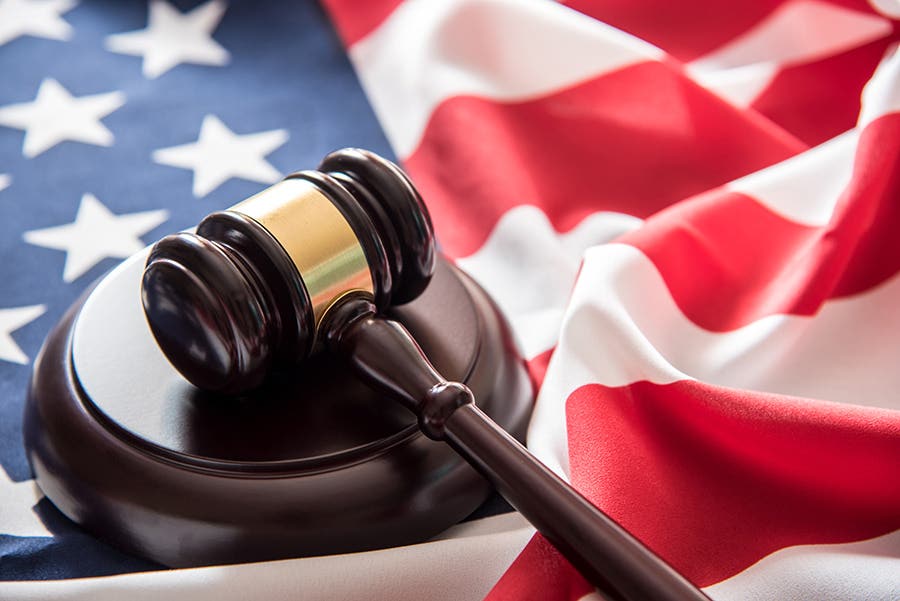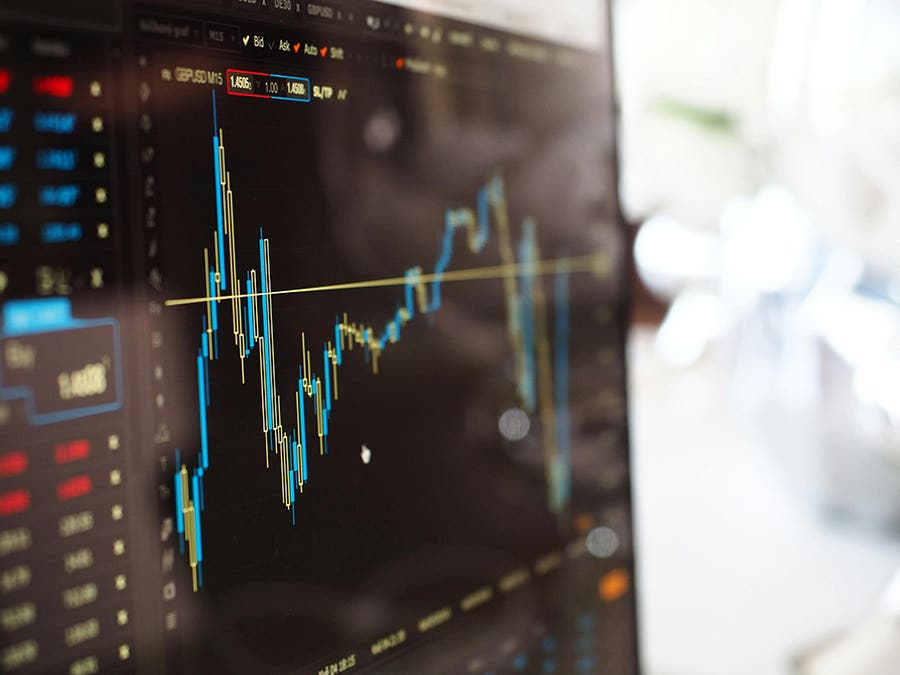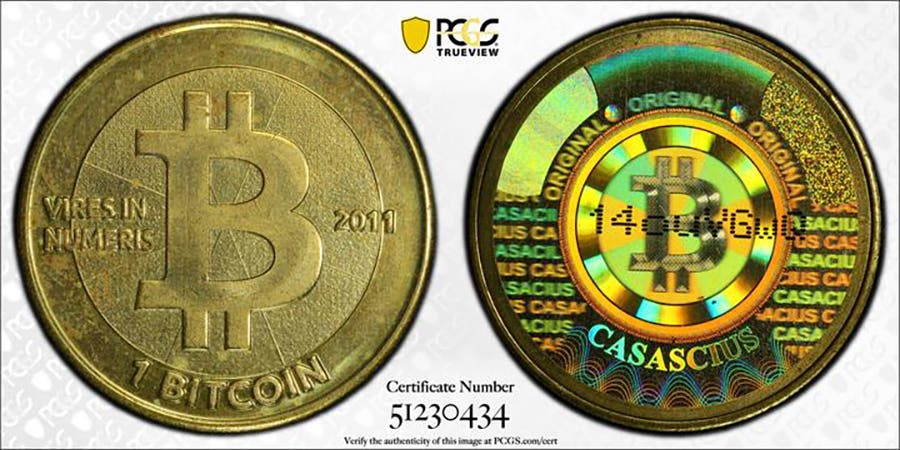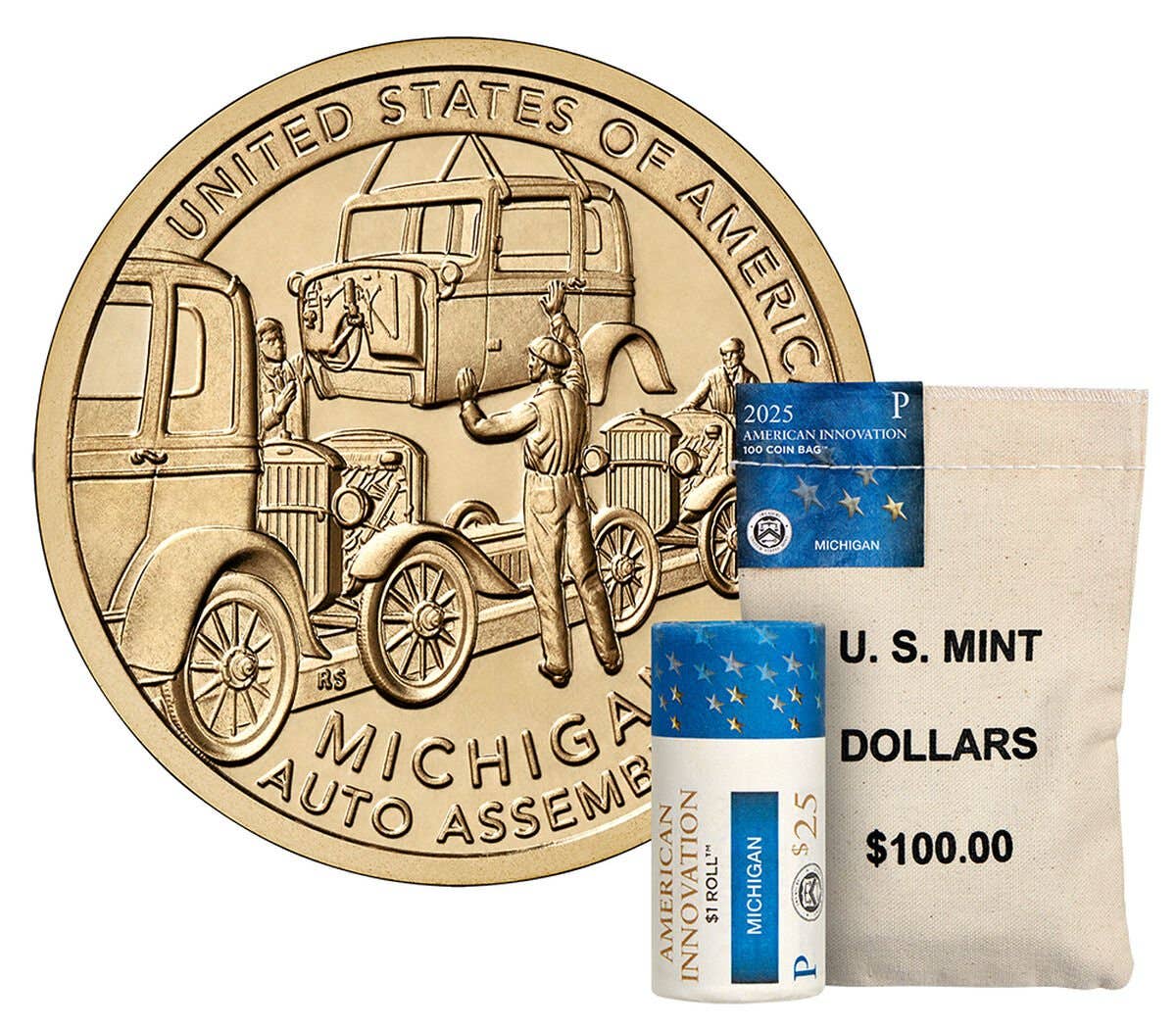Numismatic Hobby/Industry Besieged by Criminals
Numismatic and precious metals buyers are already wary of receiving counterfeit or altered products. But now, he level of criminal activity against them has increased enough that multiple organizations have recently issued safety alerts.
Numismatists and owners of precious metals may not be literally in danger of their lives right now. However, the level of criminal activity against them has increased enough that multiple organizations have recently issued safety alerts.
On September 10, the Numismatic Crime Information Center published a column in the Greysheet titled "Coin Dealers Targeted by Organized Crime Groups Following Coin Show Attendance.”
In one recent incident, two coin dealers were followed when they left a coin show in Tyler, Texas, and had their inventory stolen from their vehicle in Loxley, Alabama—more than 500 miles away. Criminals can surreptitiously attach tracking GPS devices or work in teams so there is no distance from a coin show where an unattended vehicle is safe.
On August 29, the National Coin & Bullion Association warned its members about the increasing threat of “courier fraud.” Read it at
This crime involves crooks impersonating law enforcement, government, or bank officials, contacting a victim claiming their financial accounts have been compromised. Then, the victim is persuaded to use their funds to purchase coins or precious metals to assist in an alleged investigation and entrapment of criminals. After the purchase is made, the scammers arrange to take delivery of the goods, supposedly needed as “evidence” or for safekeeping. Instead, the thieves disappear along with the valuables.
That was tried earlier this year when a local person contacted the company where I work to place a six-figure purchase of precious metals. Before all the merchandise arrived to be delivered to the buyer, our company was contacted by other parties claiming that they would be the ones legally taking delivery. We only deliver merchandise to the purchaser or to other people only designated by the purchaser. When we contacted the buyer, she had already become suspicious that she might be about to be a victim of courier fraud. We ended up not delivering any items to any party. However, we were able to provide information to local law enforcement to pursue the crooks and get the funds returned to the intended victim.
In years past, crooks have camped out in parking lots at coin shows to start small leaks in vehicle tires, with the plan that those hauling valuables would find their vehicle disabled once they were away from the show.
Numismatic and precious metals buyers already know to be wary of receiving counterfeit or altered products. There are also fly-by-night companies that accept orders and payments from customers who abscond with the funds, either not delivering any merchandise at all or shipping something different of lesser value.
Several years ago, a buyer purchased a gold coin from our third-party marketplace store and then “returned” it for a refund. When the return arrived, the piece was a low-quality, lightweight counterfeit. Fortunately, the company where I work was taking videos of each package wrapped for shipment, including shots of the merchandise, shipping labels, and paperwork. The weight of our outgoing package was correct for the postage cost for the contents, but the return package postage cost was one ounce too light to have included a genuine coin. Obviously, no refund was sent to this “customer,” and the matter was referred to the third-party marketplace for follow-up discipline. (But how many coin, currency, and bullion shippers take videos of their wrapping every package they send out?)
When economic times are tough or when they are good, crooks can be very creative in devising new ways to victimize people. When the public conducts transactions with businesses that involve high-value, relatively anonymous goods, be on your guard.
Last week’s numismatic trivia question.
Last week, I asked—Why are all the Willow, Oak, and Pine Tree coins dated 1652 rather than the year struck? These issues were struck by the colonial Massachusetts General Court order in 1652 and were minted in Boston. England, Ireland, and Scotland experienced multiple civil wars from 1642 to 1652. No monarch was ruling England from 1649-1660. Under British law, anyone who counterfeited the king’s coinage was subject to the death penalty. None of the Willow, Oak, or Pine Tree coins, struck as late as 1682, were legal issues under British law. However, since their 1652 date was a year when there was no British king or queen, the issues technically did not violate Britain’s law against counterfeit coins.
This week’s trivia question
Here are this week’s questions. Which US coin depicts the continent of South America? Come back next week for the answers.
Patrick A. Heller was honored as a 2019 FUN Numismatic Ambassador. He also received the American Numismatic Association 2018 Glenn Smedley Memorial Service Award, the 2017 Exemplary Service Award, the 2012 Harry Forman National Dealer of the Year Award, and the 2008 Presidential Award. Over the years, he has also been honored by the Numismatic Literary Guild (including twice in 2020), the Professional Numismatists Guild, the Industry Council for Tangible Assets, and the Michigan State Numismatic Society. He is the communications officer of Liberty Coin Service in Lansing, Mich., and writes “Liberty’s Outlook,” a monthly newsletter on rare coins and precious metals subjects. Past newsletter issues can be viewed at www.libertycoinservice.com. Some of his radio commentaries, "Things You ‘Know’ That Just Aren’t So,” and “Important News You Need To Know,” can be heard at 8:45 a.m. Wednesday and Friday mornings on 1320-AM WILS in Lansing (which streams live and becomes part of the audio archives posted at www.1320wils.com).
You may also like:








